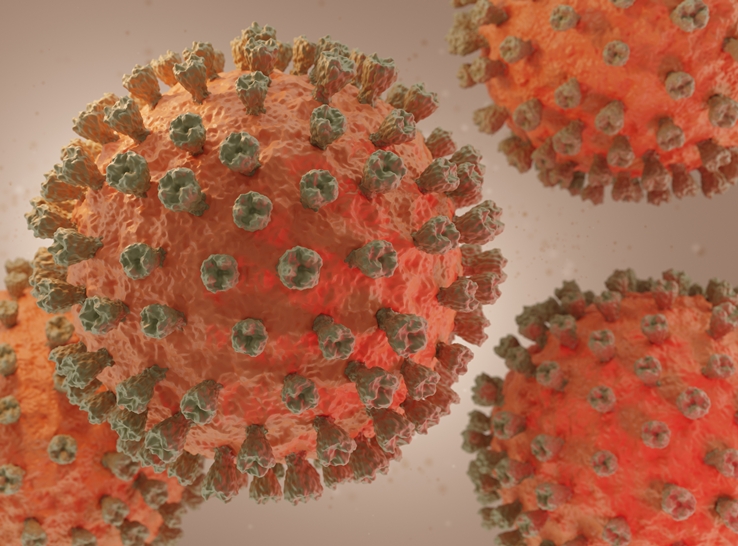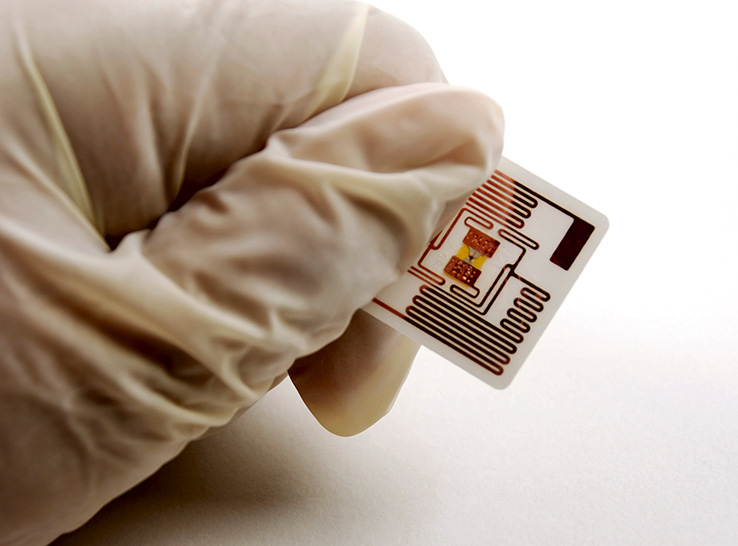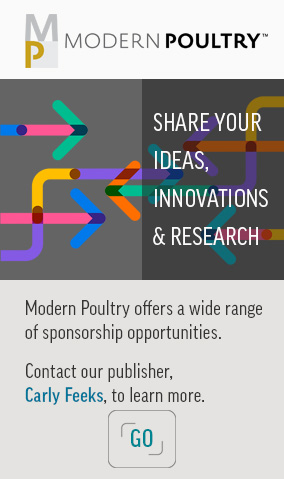Smart ag technologies offer production and research benefits by providing real-time data on individual birds and at the flock level to optimize production, animal health and well-being, food safety and the environment.
“Smart ag is the future of agriculture,” said Martin Zuidhof, PhD, professor at the University of Alberta. “It’s about sensing what’s going on with the bird and its environment, analyzing the data, making a decision and turning that into action.”
The data that smart ag and precision farming produce drive the transparency that consumers increasingly demand from a socially responsible product. “Transparency is trust, and I’m confident that precision livestock farming will contribute to socially responsible livestock production,” he added.
In a webinar hosted by the Poultry Science Association, Zuidhof shared his research into precision-feeding stations, radio frequency identification (RFID)-equipped nesting boxes and the types of big data that can be collected and used by geneticists, researchers and decision-makers to make more accurate estimates and predictions.
As the academic leader of the Poultry Innovation Partnership, Zuidhof and his research team have developed RFID systems that can control feed intake as well as monitor feeding and egg-laying behaviors. His work with broiler breeders for more than 30 years drove the development of the system. “Flock uniformity is a big issue with them, and the system is designed to address that,” he pointed out.
Precision-feeding stations
Each bird in Zuidhof’s studies receives an RFID chip, which is enclosed in a 12-mL glass tube and inserted into the wing band.
For the precision-feeding research, the RFID allows the bird to access a feeding station. One prototype features a single feeding station to monitor bird bodyweight, as well as control and measure feed intake. The other prototype includes four feeding stations to monitor the birds’ dietary preferences.
A range of data is collected for each bird, including bodyweight entering the feeding station, feed intake and bodyweight at exit. The system and data can be used to control the diet and amounts available to an individual bird to meet program specifications. The data also provide behavior insights, such as the time of day and frequency of feeding events, which can help detect health problems before signs surface within the population.
RFID nesting boxes
RFID nesting boxes were “driven by the need to have egg-production data of group-housed birds on our precision-feeding system,” Zuidhof said.
For the broiler breeder egg-laying research, each nesting box is equipped with an RFID antenna aligned to the hen’s sitting position. The antenna identifies the RFID and reports which bird is in the box. Once the egg is laid, it rolls down an incline onto the scales.
“Because of the RFID, we know the weight of the egg and the time it’s laid,” Zuidhof said. “We can identify the bird’s entry and exit from the nesting box, which gives us nesting-behavior data to learn egg-laying patterns of individual birds.”
Fed into a non-linear model, the data can reveal changes in egg productivity, as well as predict future trends for individual birds and the population average. “There are algorithms that predict with about 90% accuracy whether a bird has laid an egg,” he added.
Uses for big data
Because the RFID systems collect large quantities of data on each bird, they boost the accuracy of models to estimate growth and egg-weight functions.
“It’s excellent at implementing complex growth trajectories for breeder-recommended target weights,” Zuidhof noted. “We can model different growth trajectories ahead of time with almost perfection and can get an idea of optimal bodyweight for our breeders.”
While RFID systems are particularly useful in research, they could be applied to any production area that would benefit from individual-bird productivity or behavioral data. Genetic companies come to mind for feed intake and bodyweight efficiency data. Internal research projects to measure how quickly birds adjust to a feeding system is another example, Zuidhof noted.
“Every bird has a story to tell every day,” he added.





